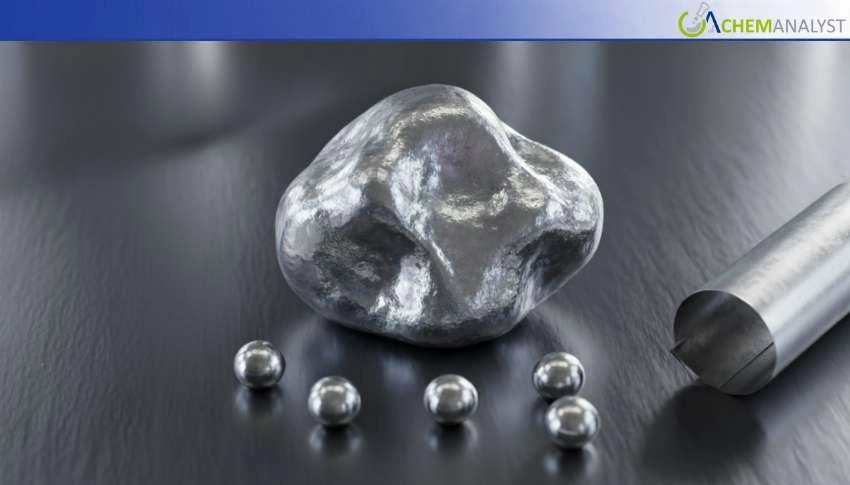Welcome To ChemAnalyst

The prices of yttrium metal in India increased by 1.8% in October 2025, due to the impact of more stringent export controls imposed by China, congestion at the port, and a depreciating rupee that raised the cost of imports. Demand within the country improved broadly, in particular for medical devices covered under the PLI scheme as well as electronics such as LEDs and air conditioners. GST cuts on medical equipment further improved affordability and reinforced stronger uptake to support the price increase.
Yttrium metal prices climbed 1.8% higher in India during October, with tightening Chinese export controls, logistical disruptions, and stronger domestic demand combining to push values upward. Heavily import-reliant India saw costs rise as Beijing widened its control list to include five new elements and dozens of refining technologies. Currently, China dominates more than 90% of refined rare earth production and nearly all midstream processing capacity, including yttrium metal separation.
Although China's exports of minerals increased to 4,343.5 metric tonnes in October, up 9% from September—after three months of contraction—supplies were still tight. Congestion at ports, bad weather, and vessel bunching delayed ships for up to three days; also, a weaker Indian rupee against the US dollar slightly pushed up the cost of imports for Yttrium metal. Indian firms have recently gained licenses to import rare earth magnets, but reliance on Chinese supply leaves domestic industries vulnerable to geopolitical instability.
On the demand side, domestic consumption of yttrium metal strengthened significantly in October, particularly in the medical and electronics sectors. Under the Production Linked Incentive (PLI) scheme, 23 projects are producing 54 unique medical devices, including MRI machines, CT scanners, and dialysis equipment which rely on yttrium metal in imaging and laser components. The reduction in GST on most medical devices from 12/18% to 5%, announced by the government on 22nd September, enhanced affordability and revived sentiments, although distributors were reluctant to pass on the benefits in early October. This change of stance, lot with continued expenditure on healthcare fabrication, reconfirmed more powerful offtake.
Electronics demand also supported, as India increased the domestic manufacturing of air conditioners and LED components, both of which utilize yttrium metal in phosphors and specialty alloys. In this regard, seven projects worth INR 55.32 billion (US$625 million) under the ECMS were cleared, which is likely to translate into a production value of INR 444.06 billion (US$5.01 billion) and the creation of more than 5,000 employment opportunities. The initiatives point out stable consumption of yttrium metal in magnet and semiconductor applications.
Analysts warn that although demand in India is firm, supply risks remain elevated for Yttrium metal. In addition, building new processing capacity outside of China—in countries such as the United States, Australia, or Japan—may take 5–10 years, leaving India exposed to Beijing's export policies. The October price increase is a convergence of limited imports, a weak currency, and strong domestic demand, highlighting the strategic challenge in India to obtain stable supplies of yttrium metal.
We use cookies to deliver the best possible experience on our website. To learn more, visit our Privacy Policy. By continuing to use this site or by closing this box, you consent to our use of cookies. More info.
